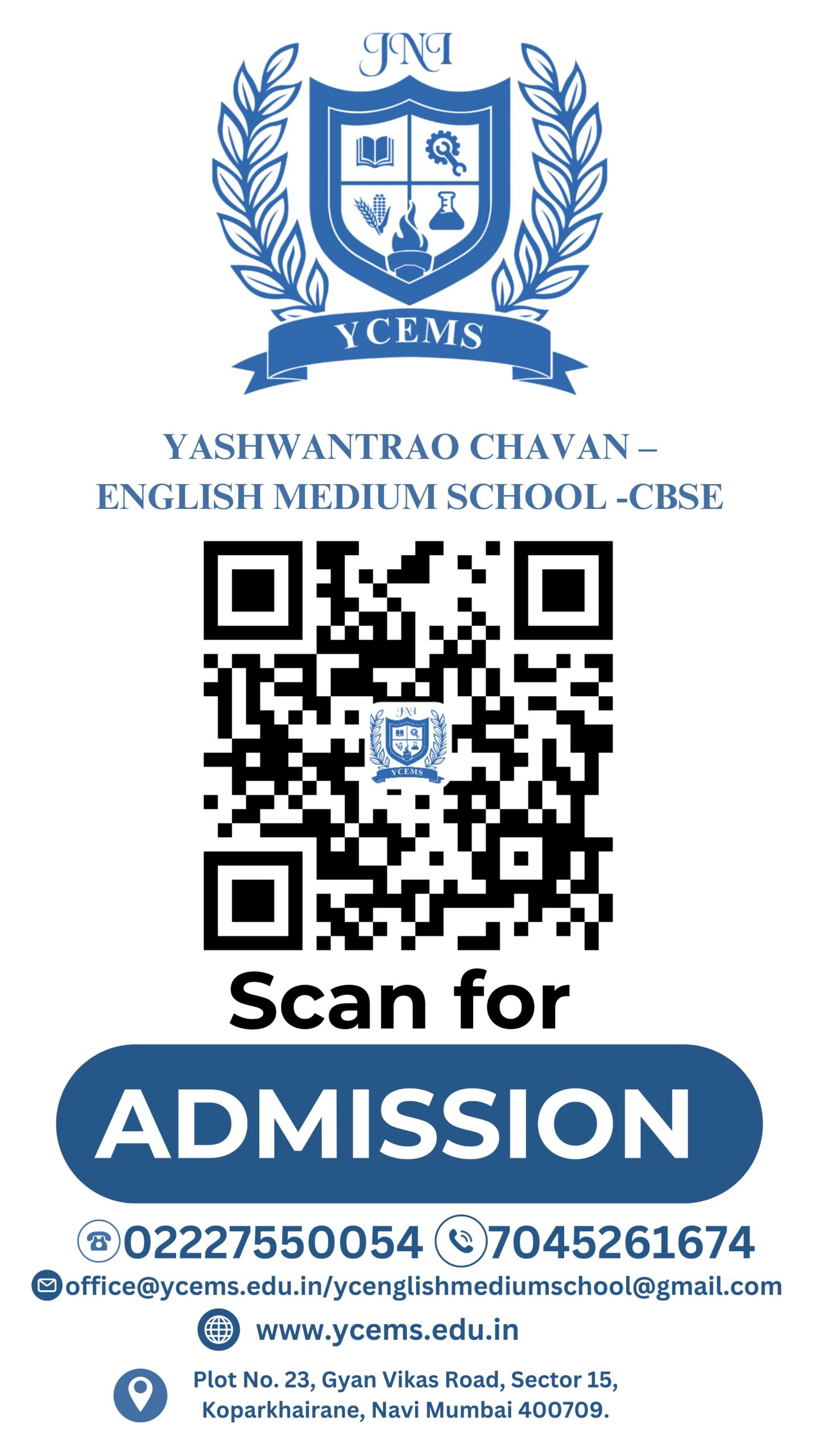- Cooperative learning: Students work in small groups to complete tasks or solve problems. This method promotes teamwork, communication, and shared responsibility.
- Differentiated instruction: Teachers tailor instruction to accommodate students’ diverse learning needs and abilities. They provide multiple approaches and materials to meet individual students’ learning styles and preferences.
- Direct instruction: Teachers provide explicit instruction, modeling, and guided practice to introduce new concepts or skills. This method is particularly effective for introducing foundational knowledge and basic skills.
- Socratic method: Teachers use a questioning approach to engage students in critical thinking and encourage deeper understanding. Students actively participate by answering questions and engaging in dialogue.
- Collaborative learning: Students work together in pairs or small groups to complete tasks, solve problems, or discuss ideas. This method promotes communication skills, teamwork, and peer learning.
- Blended learning: This approach combines traditional face-to-face instruction with online learning activities. Students engage in both in-person and virtual learning experiences, utilizing technology for research, collaboration, and self-paced learning.
- Inquiry-based learning: Students explore topics and questions through self-directed investigation. They develop research skills, critical thinking, and problem-solving abilities while pursuing their interests.
- Flipped classroom: Students learn new content outside the classroom through online videos, readings, or other resources. Classroom time is then used for discussions, collaborative activities, and applying knowledge.
- Project-based learning: Students engage in extended projects that involve research, problem-solving, and creativity. They work independently or in groups to develop solutions or create products related to real-world issues.
- Gamification: Teachers incorporate game elements and mechanics into the learning process to increase engagement and motivation. This can involve rewards, challenges, and interactive activities.It’s important for teachers to adapt their methodologies based on the specific needs and characteristics of their students, as well as the subject matter being taught. A combination of various teaching methodologies often yields the best results.



